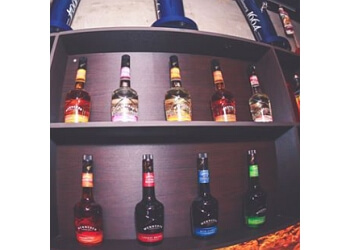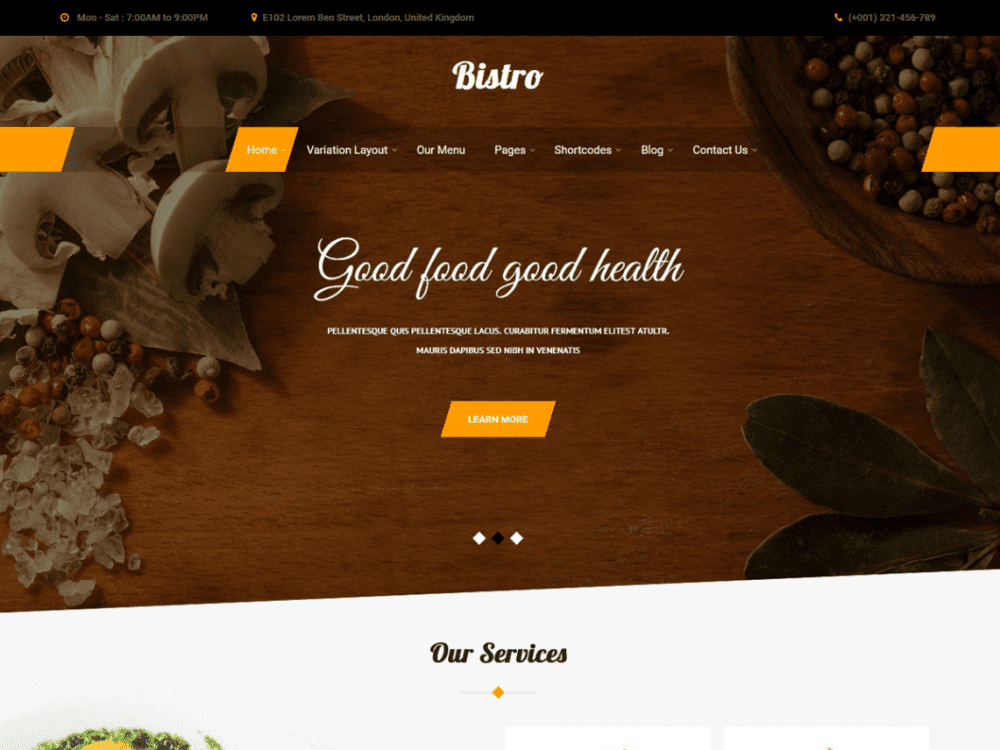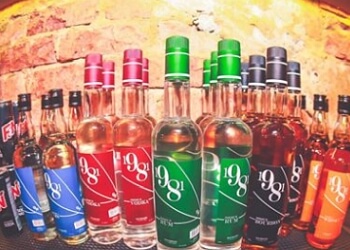
Joysticks enable them to survey every inch of the restaurant - noting everything from how long diners take to make a choice to their facial expressions while eating. "Only the scientists are allowed to come in, and they control the video cameras." "This is what we call Big Brother Room One," says Koster. They're dominated by computer screens fed by those maroon video eyes inside the restaurant. They also monitor how light, color, sound, presentation and eating alone or in groups affects diners' choices.Ī few steps down the hall from the restaurant, through thick gray doors, is one of two monitoring centers. Afterward, the staff weighs how much of each food is thrown away to find out how much people are actually eating. On one hand, it's a normal restaurant run by professionals where people come and have an enjoyable meal and there could be research ongoing, but you don't feel it, you don't smell it, you don't taste it."Ī black rubber scale at one of the cash registers unobtrusively weighs diners. And the people that come here are not aware if there's a project ongoing or not, basically because they don't see it.

"Every day we could have a project ongoing. "This is a living laboratory," says Rene Koster, co-founder and manager of the restaurant. To eat here, you have to fill out a questionnaire and sign a research waiver. The Restaurant of the Future is co-owned by Wageningen University, Holland's preeminent agriculture and life-sciences university. Then you glance up at the ceiling and see small maroon domes. It looks like any trendy, healthy-food cafeteria: soft lights, floor-to-ceiling windows, salad buffets, an enormous soup pot.


It's called, a little ominously, the Restaurant of the Future. Now a unique laboratory in the Netherlands is closely monitoring people as they chow down.

Customers choose their meals at the Restaurant of the Future.įrom molecular cuisine to super-sizing, the fads, techniques and marketing of restaurants have long been a mainstay of both high and popular culture.


 0 kommentar(er)
0 kommentar(er)
